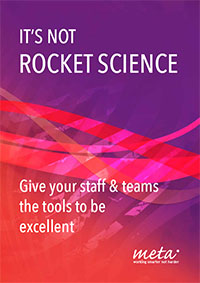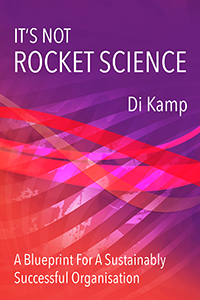Have you stopped and really felt the sun on your face or back? It is one of the most life giving sensations we experience, particularly after a long, dull, wet winter.
Have you touched a feathery –looking plant, and delighted in its softness, a caress from nature just for you.
Have you reached out to another human being, and felt the warmth of a mutual hug, where both of you are reminded that we are essentially loving and feeling creatures?
So many of us are too busy and wrapped up in our own worlds to stop and take a moment to touch and feel the texture and warmth of the world around us. Yet our sense of touch enriches the experience we have of the world around us.
Some friends visited recently, with their young son. He looked at all the things in my house, then went round and picked things up and felt them. He even put some of them in his mouth to taste them! Children know that to really experience what something has to offer, you need to try it out with as many senses as possible. This knowing doesn’t go away as we grow up – it just gets buried under the instructions to not touch, not to put things in your mouth, not to stare.
Many of us find it unattractive to shop on the internet, and I suspect that the inability to ‘get a feel’ for something plays a part in that. Next time you are in a shop. Just watch how many people pick things up and look at them, often unconscious of how important the feel of the object is.
Don’t deprive yourself of touching! Reach out to everything and everyone that gives you pleasure, and allow yourself to be enriched for that moment.
HOMEWORK
- Hug someone everyday
- Don’t just look at a lovely plant, get a feel for it as well
- Notice the sunshine on your skin



